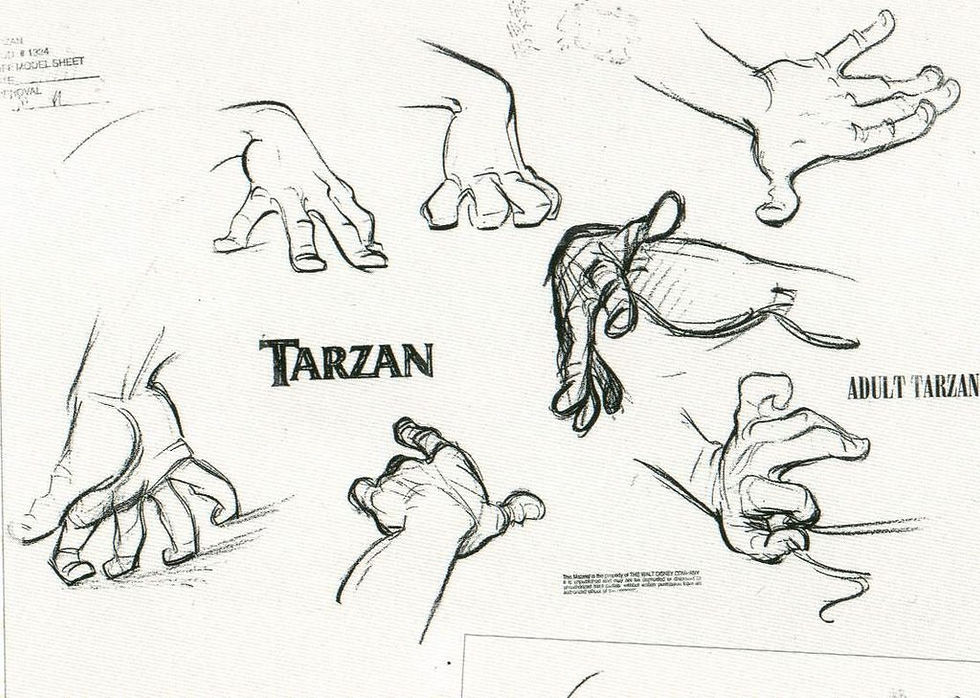Acting with Blinks
- Animation Archive
- Mar 31, 2018
- 3 min read
Updated: Apr 5, 2018
You may have heard that most of the acting is in the eyes, and this is why blinks are so important. Blinks will do a lot to sell the emotion of your character.

Many beginning students think that their character should regularly blink in order to moisten their eyes, but instead it makes the character look unnatural. Yes, blinks do happen when the eye is dry, but they do so much more than that. Most of the time, you will be using blinks to:
convey an emotion
shift focus during a head turn or other movement
show a change of thought
add life to a character who is staring for a long time
Take a look at this clip from Forrest Gump, where he meets his son for the first time. This is a great example of how blinks are used in acting. Notice how the blinks begin as his emotion shifts. The timing and spacing also increases as he tries to compose himself. My favorite part is when he conveys that he wants to speak to his son solely through his eye movements. There's a lot of great eye darts in here as well, but I'll be getting into that in another post.
Animating a Blink
The Basics
There are several tips to keep in mind when animating blinks. For a typical blink, you'll have a 2 frame close and a 3 frame open. The reason for this is that it's faster and easier to close the eyes than open them. You should also close the lids for a minimum of 2 frames, otherwise the blink will be too fast for the audience to read. Don't keep the lids static during the hold though. Instead, have the upper lid push down on the lower lid to create some overlap. Also keep in mind that this pattern of timing varies with the mood of the character, so feel free to experiment with it. For example, if you character is batting their eyes, you would have much quicker timing and wouldn't even close the lids all the way.
The Lids
When animating the lids, the top lids should go down 80% of the way and the bottom lids should come up 20% of the way. The timing and spacing of the lids is also very important. The spacing should always ease out of the open key and ease out of the closed key the most. You can also offset the timing of each eye, which is a typical Pixar technique, but it's not necessary. Instead, you can also just offset the spacing of each eye.
The Face
The lids are not the only parts of the face that should move during a blink. The movement will pull the other parts of the face, such as the eyebrows, cheeks, and even nose. The eyebrows will be pulled downward and the cheeks will be pulled upward as a result of the upper and lower lids pulling the skin. When animating these parts, keep in mind that these will overlap with the eye movement, rather than being on the same timing. The pupil should also move downward as the character blinks, making sure that part of it is always visible as the eye opens and closes.
This video does a great job of showing these techniques in action, and I found this really helpful when I was starting to learn blinks.
Get Started
Using these simple ideas, you'll be able to create successful blinks in all of your animations. Remember to always think about WHY the character is blinking, and this will add a lot of life to your characters. Good luck and happy animating!




Comments